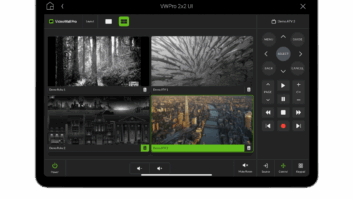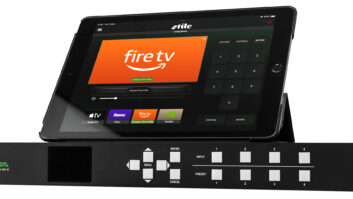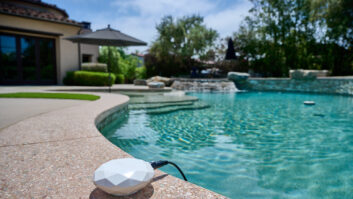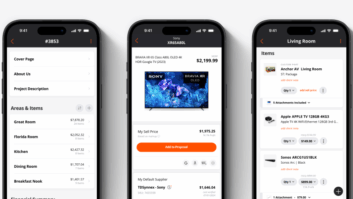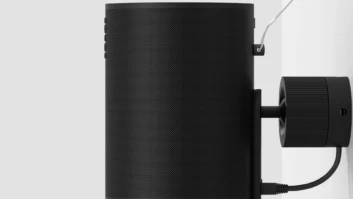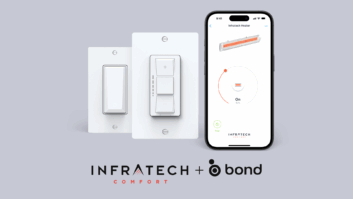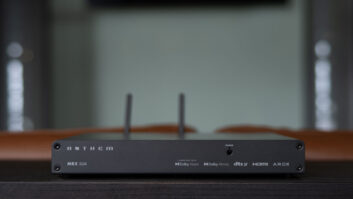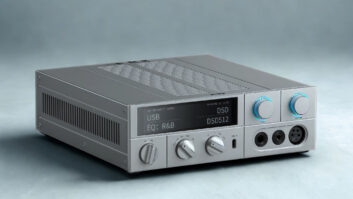The premier issue of Residential Systems was exactly four years ago, as of next months issue. In my article for that issue I addressed the gap between available technology and the demand for home automation. I find it both disappointing and interesting that during the last four years we have not seen significant motion toward mass adoption. I wouldnt say that I have lost faith, but I am not confident that the transition is immediately eminent.
In his 1991 book Crossing the Chasm, Geoffrey Moore describes a technology marketing model that he calls the Technology Adoption Life Cycle. This model consists of five stages or groups of buyers of a product throughout its life cycle: innovators, early adopters, early majority, late majority and laggards.
Moore defines the gap between early adopters and the early majority (the bulk of the market) as a chasm. He makes the point that this is the gap that represents the most significant challenge for any new technology or product.
I would make the argument that home automation has been stuck somewhere between the innovators and early adopters stages for at least a decade.
I certainly dont have the answers to this dilemma. I think, however, that the primary reason why home control systems are still mostly for the affluent at the top end and for technology enthusiasts at the lower end is that we have yet to identify and address problems that require solutions for the masses. As I have said before, for people to purchase systems, they need to address perceived problems or promise to improve their quality of life in a clear and significant manner.
Lets face it, home control systems today are not significantly more advanced than those that were available 10 years ago. The most visible new features are mostly related to hard disc-based media servers, streaming audio and video, the use of IP and wireless technologies and better user interfaces. But these features are just refinements of past systems. I am not convinced that a newer, hipper way to hear music throughout the house, new methods to connect devices or fancy color touchpanels will be enough to sway those who would otherwise have not made the leap into home automation.
At the Electronic House Expo (EH Expo) in Long Beach last week, I had a chance to check out Control4s new product line, which is targeted toward the elusive affordable home automation market. I sat through the new companys sales pitch, and I spent time with several members of its staff, who took the time to answer all of my questions. This is what I came away with:
They are clearly well financed; their trade show booth and their presentation were first class.
The various components in the companys line communicate via TCP/IP and interconnect via wired ethernet, WiFi (IEEE 802.11g) wireless and/or Zigbee (IEEE 802.15.4) wireless.
They claim to have setup wizards that cover almost all systems and components that would be found in homes, and that it would take only hours to configure an entire system.
The audio server is limited to compressed MP3 files. High-quality uncompressed music formats are not facilitated by their system.
Although they offer delivery of audio via wireless WiFi, they acknowledged that they have the same quality of service (QoS) issues that often causes noticeable glitches and have stalled adaptation of that standard on a large scale. They do state that for better quality audio one should hard wire the components.
They believe that the lower cost of their components, combined with the promise of ease of retrofit installation, will result in the first mass-market success in our industry.
Control4 acknowledges the limited capabilities and performance of their system, but they also said that they are not trying to compete directly with Crestron and AMX. Their goal is to offer an option that delivers perhaps 80 percent of the performance of the higher cost systems, at a much lower price.
As has been well documented, the founders and designers of Control4 are the same folks who founded and designed the Phast product line, which was eventually absorbed by AMX. As to whether their history is a plus or a minus, I think it may be both. On one hand, we all learn from our mistakes. On the other hand, I remember the glowing optimistic projections that came with the launch of that doomed product line, which was, in my opinion, fatally flawed from day one.
In interest of full disclosure, I should mention that we developed our own home control product line in the mid-1990s, which we never took to market.
If the Control4 product line works well and if the company and its support are good, I will consider offering it to my clients for situations where Crestron would not be considered but control is desired. I am also interested in Control4 from the perspective that any product that can cross the chasm will favorably and dramatically impact our entire industry.
Next month, Residential Systems will feature an article on the new MIT PlaceLab. This project is one of the many time-honored programs in which a university and private industry partner to research new technologies and turn them into commercial products. Volunteers will live in these small apartments, with sensors and cameras recording their every action. It is sort of a reality TV program for researchers. Their focus is to learn more about how we live in our homes, and to discover what new technologies might enhance our lifestyle, safety and most importantly, our health.
Perhaps their work will result in the ultimate killer app for home automation that we have all been waiting forthe one that will obliterate the chasm. If so, I can only say that it will not be too soon.
